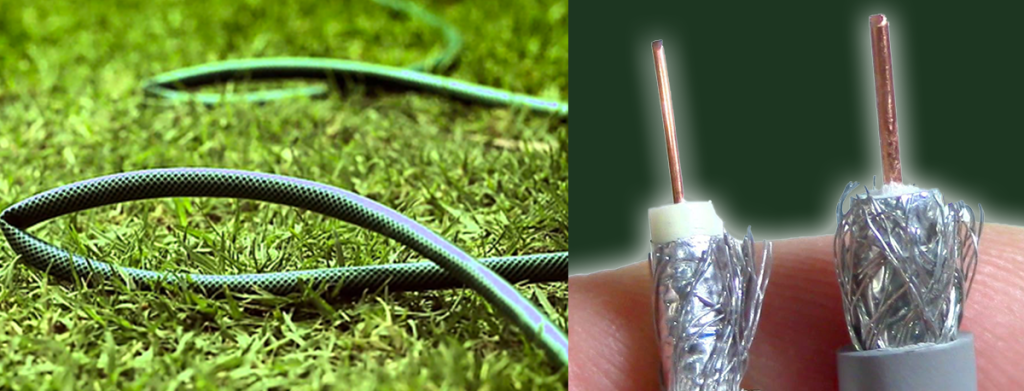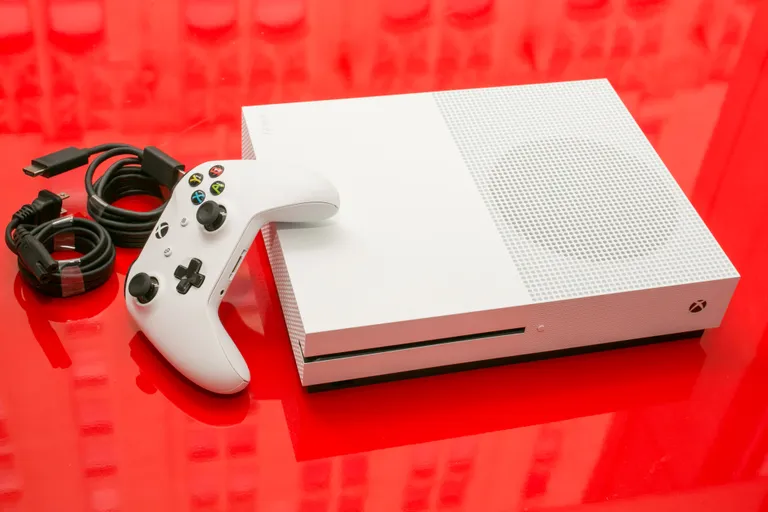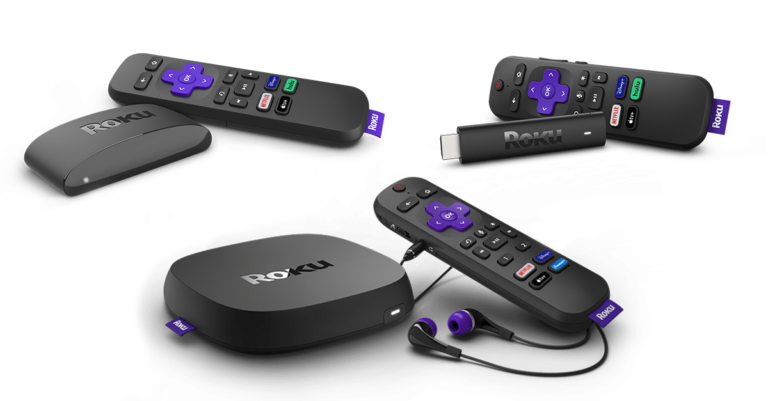How to Make tv Antenna From Coaxial Cable – Easy Steps
Last Updated on July 8, 2022 by Jhonni Jets

How to Make tv Antenna From Coaxial Cable – Easy Steps
The most efficient way to boost your TV antenna is to replace the coaxial cable. But upgrading a coaxial cable can be expensive, so we’ll show you how you can use your existing coaxial cables and keep the same signal strength.
DIY Coaxial Cable TV Antenna
A kit to create your own TV antenna is another option. Kits are available in different sizes, shapes and colors. They are also quite affordable, with prices starting at just a few dollars per kit.
Table of Content
Read Also:HOW TO GET PIXAR FILTER ON INSTAGRAM – EASY STEPS
- Connector: This is the part of the kit that allows you to connect it to an existing coaxial cable. It may come in different sizes, depending on what type of cable you want it connected to (coaxial cables come in many different types).
- Strip: The strip is what creates an opening between two parts of your antenna so that air can pass through it, allowing it to receive all available channels at once instead of separately like traditional antennas would do with their single dipole design. You might need more than one strip if your area has strong interference or multiple networks broadcasting from nearby locations; each strip should cost around $5-$10 each depending on its size and quality but don’t forget about shipping costs as well! Other supplies include electrical tape and insulation foam which can be found at any hardware store near home but if not just head over online where we found everything needed for less than $20 total including shipping time which took less than 24 hours total time spent building including installation 🙂
Supplies Needed:
- Coaxial cable
- Paper clip
- Screwdriver
- Scissors
- Electrical tape (optional)
- Small piece of cardboard or plastic to use as a base for the antenna. This should be about 4″ x 5″. You can cut a small hole in it so that you can place your paperclip through it, or just leave it open.
- Pliers (optional) We suggest using pliers if you want to crimp the ends of your coaxial cable so they fit better into your paper clip and don’t fall off when you move around. If you don’t have any handy, no worries! You can just pinch them together with two fingers instead. Just make sure they’re tight enough so nothing will fall out when moving around!
Step 1: Take the cable and cut it so that the length is equal to half of the wavelength of the channel you want to pick up.
- Take the cable and cut it so that the length is equal to half of the wavelength of the channel you want to pick up.
For example, if you have a channel 8 antenna, you would need an antenna that is about 20 feet long (the wavelength for channel 8 is 22 feet).
- Strip off about 1/4″ of insulation from each end of your coaxial cable using a wire stripper tool or knife. Use your fingers to remove any remaining insulation from around one end of your coaxial cable (you’ll be leaving this intact), then thread one end through a section of PVC pipe as shown here:
Step 2: Strip off about 1/2 inch of each end of the cable, and add a connector from your kit to each end.
The next step is to strip off about 1/2 inch of each end of the cable. Then, add a connector from your kit to each end.
Connect the coaxial cable to your TV and place it near a window or outside (angle it as best you can toward the nearest broadcast tower).
Step 3: Connect the coaxial cable to your TV and place it near a window or outside
The next step is to connect the coaxial cable from your antenna to your TV. Connect one end of the coaxial cable to the antenna, then connect the other end of the cable to an available port on your television.
To receive over-the-air channels, you’ll need a digital tuner connected to your TV. Most newer models have one built in, but if yours doesn’t have one already installed or if you’re unsure whether yours has it, check with an associate at a local electronics store or call up customer support for confirmation.
You can also use an external digital tuner that plugs into an empty USB port on your computer; these are usually less expensive than buying a new television and can be found online at retailers like Amazon and Best Buy for around $20 USD. The steps are very similar—you just plug it in instead of connecting directly through HDMI (or whatever other type of connection).
Once everything is hooked up properly, go ahead and turn everything on! Your favorite programs should be ready for viewing now!
Step 4: Scan for channels
- Scan for channels. Your antenna is now connected to your TV, so you should be able to scan for channels on the TV menu. On most TVs this will be under “Settings” or “Tools.”
- Find the channels you want. You can also use a program like AntennaWeb to see what major networks are broadcast in your area and what direction they’re coming from; then aim your antenna accordingly.
- Change the channel as necessary. If there’s nothing good on any of these channels, change them! You can do this manually using your remote control or by scanning through all available stations automatically until something more interesting pops up (or just leave it at channel 3).
DIY Paper Clip Antenna
- Start by using a paper clip.
- Bend it in half, then straighten it back out again with a screwdriver.
- Take the two ends of this bent paper clip and attach them to one side of another piece of wire using electrical tape or glue.
- Connect this newly created antenna to your TV’s coaxial cable input port (if you do not know where this is, see our previous article). If your TV has multiple inputs for different types of media devices, be sure to connect the antenna to the “antenna/cable” input port instead of the “cable box” input port.
- Scan for channels!
Conclusion
At the end of the day, it’s always going to be better to have an antenna than no antenna at all. The television will work and you’ll get some channels which is more than you would’ve had with nothing! You can always upgrade later on if necessary as well.







